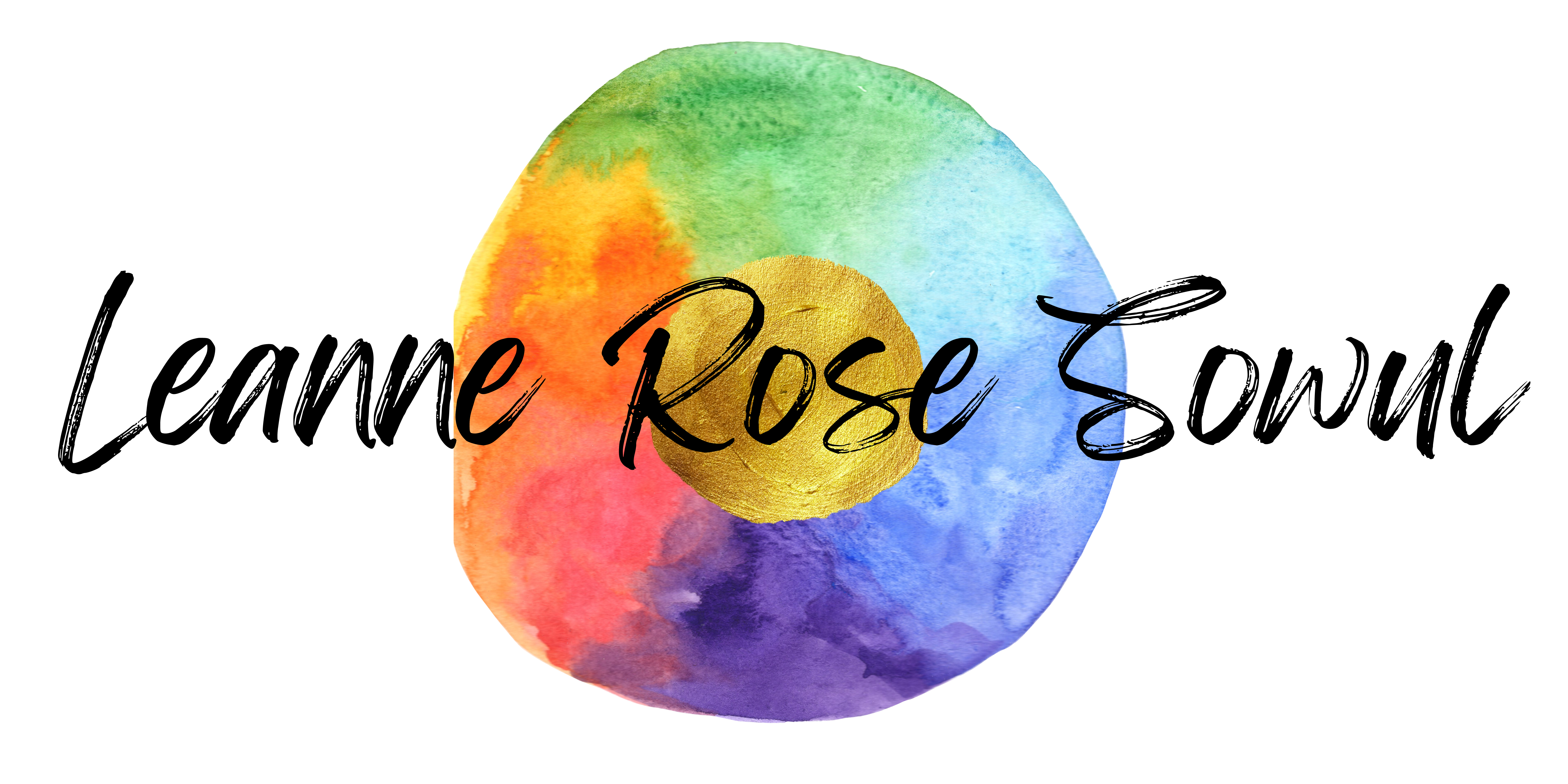Most writers accept the idea that it’s only other writers who understand us. We close our office doors and connect with each other via social media, or attend conferences so we can excitedly talk about writing with real people. Because our work is so private and often happens silently, we’re accustomed to the idea that our families and friends don’t really know what we do or how hard we work.
Our families might know that we sit down at a computer, lock ourselves in our offices and “write,” but they have no visual evidence of our work until the day it’s published. And even then, it’s just a small book or magazine, easy to stick away on a shelf, not something to be hung in a gallery or performed at a concert.
Compare that to how other creatives work.
Artists display their work on canvases, propped around their studio or hung on walls. They do this even if their work is unfinished. Anyone who walked past the workspace would see that their art is “in progress.”
A composer’s work is heard well before completion, by family and friends listening to him play around on his instrument or hum a melody.
Choreographers need people to work with, even if they’re able to sketch out ideas or go through the moves on their own for awhile. Those dancers become part of the process and can physically demonstrate how much the piece has grown.
Artists, composers, choreographers: their work is always witnessed.
But writers? Once upon a time, a writer would carry her handwritten or typewritten manuscript around in a leather folio. That would be the evidence of her hard work, something that people could point to and whisper, “She must be a writer.”
Not these days. Modern writers carry their work inside the hard drive of a laptop, on a flash drive, or even up “in the cloud.” When we leave our offices, everything looks the way it did before. For weeks and months at a time, nothing may be printed, nothing seen. And even when our work is printed and seen, a family member or friend has no obligation to read it. There’s no formal performance, no concert invitation, no blank space of wall on which to hang it ceremonially.
And yet our work is just as creative, just as worthy of attention, as that of other types of artists. How do we shine light on it, so our friends and family can see what we do?
We let it be heard. We read our writing aloud. We talk about characters we’re thinking about or settings we’re interested in.
We let it be seen. We create a display of books in our home, either ones we’ve published or ones that inspire us (or both). Maybe we even print out the first page of a completed manuscript, published or not, and frame it with pride.
We let it be felt. We share our writing fears, anxieties and excitements. We celebrate our successes with our families and allow them to comfort us when we’re feeling rejected or blocked. We talk about the writing parts of our day around the dinner table, just as we talk about our day jobs and home life.
Shine the light on your writing. Let the evidence of your work be seen, heard and felt; sharing it with the people you love will strengthen your craft, your relationships, and your writerly confidence.
How do you keep your non-writing (or non- any other passion) loved ones in the loop? How do you share your creative self with them?

Outstanding post, Leanne. I hadn’t thought about it that way. I feel like I labor away in my office, and that my family and most of my friends have no idea what I do and have done. Thank goodness for my few loyal blog readers who comment on posts, or I’d feel like I was talking to myself!
Thanks Kathy! Yes, comments make me feel heard, too- thanks for helping me out there 🙂 I always tell myself that I would write even if no one ever read the words, and that’s true. But art takes on more meaning when it’s shared, and I don’t want to deny myself the privilege of that deeper connection, whether with strangers or friends.